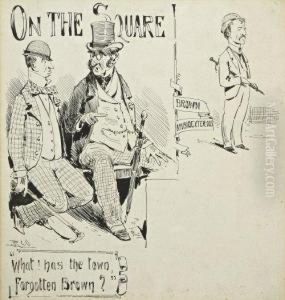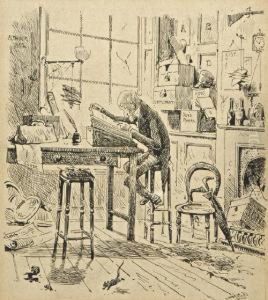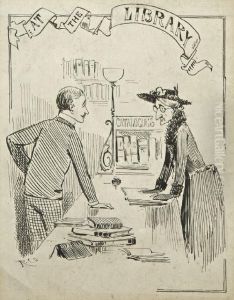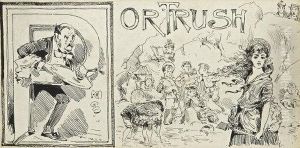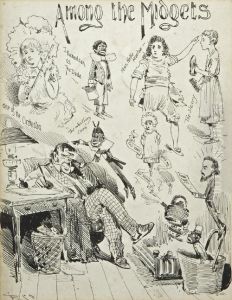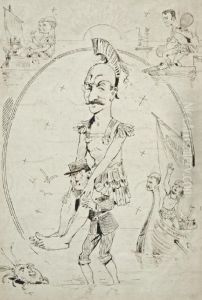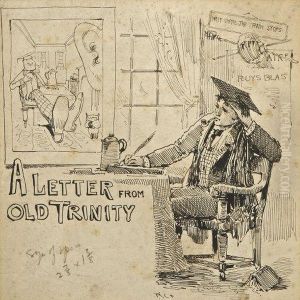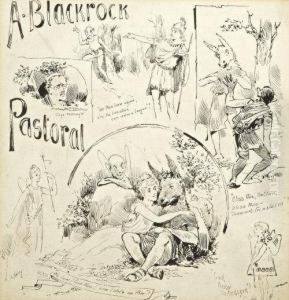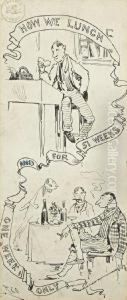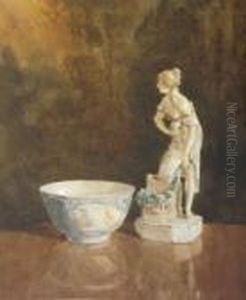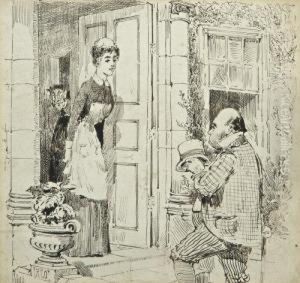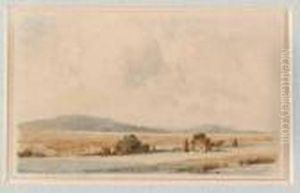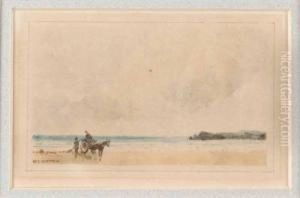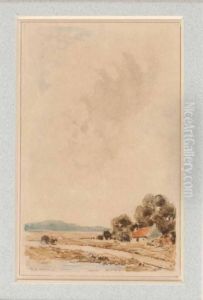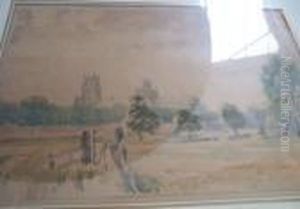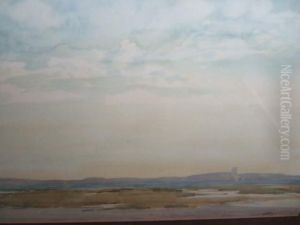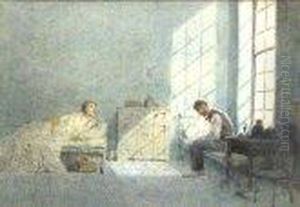Richard Caulfield Orpen Paintings
Richard Caulfield Orpen was an Irish architect and brother of the well-known painter Sir William Orpen. Born in 1863, Richard Orpen was not only an architect but also an antiquary and a member of the Royal Irish Academy. He gained recognition for his work in architecture, significantly contributing to the Arts and Crafts movement in Ireland and incorporating traditional Irish elements into his designs.
Educated at the South Kensington School of Art, London, Orpen developed a style influenced by both the Arts and Crafts movement and the Gothic revival, which was popular during the late 19th and early 20th centuries. His career saw the design and execution of several ecclesiastical and domestic buildings throughout Ireland. One of his notable contributions was the work on the restoration of St. Patrick's Cathedral in Dublin. He was also involved in the preservation and study of Irish antiquities, which informed his architectural practice with a sense of historical continuity and respect for traditional forms.
Orpen's work was characterized by its craftsmanship and attention to detail, often featuring elements such as hand-carved woodwork and stonemasonry. He collaborated with Irish craftsmen to produce works that were both functional and aesthetically pleasing, contributing to a renaissance in Irish arts during the period.
Despite his accomplishments, Richard Caulfield Orpen is not as widely remembered as his brother, the painter Sir William Orpen, whose portraits and war paintings brought him international acclaim. However, Richard's influence on Irish architecture and his role in the Arts and Crafts movement in Ireland remain significant. His dedication to the preservation of Irish heritage and his contributions to the field of architecture were recognized by his peers and continue to be appreciated by architects and historians.
Richard Caulfield Orpen passed away in 1938, leaving behind a legacy of architectural works and a significant impact on the preservation of Irish culture and history.
